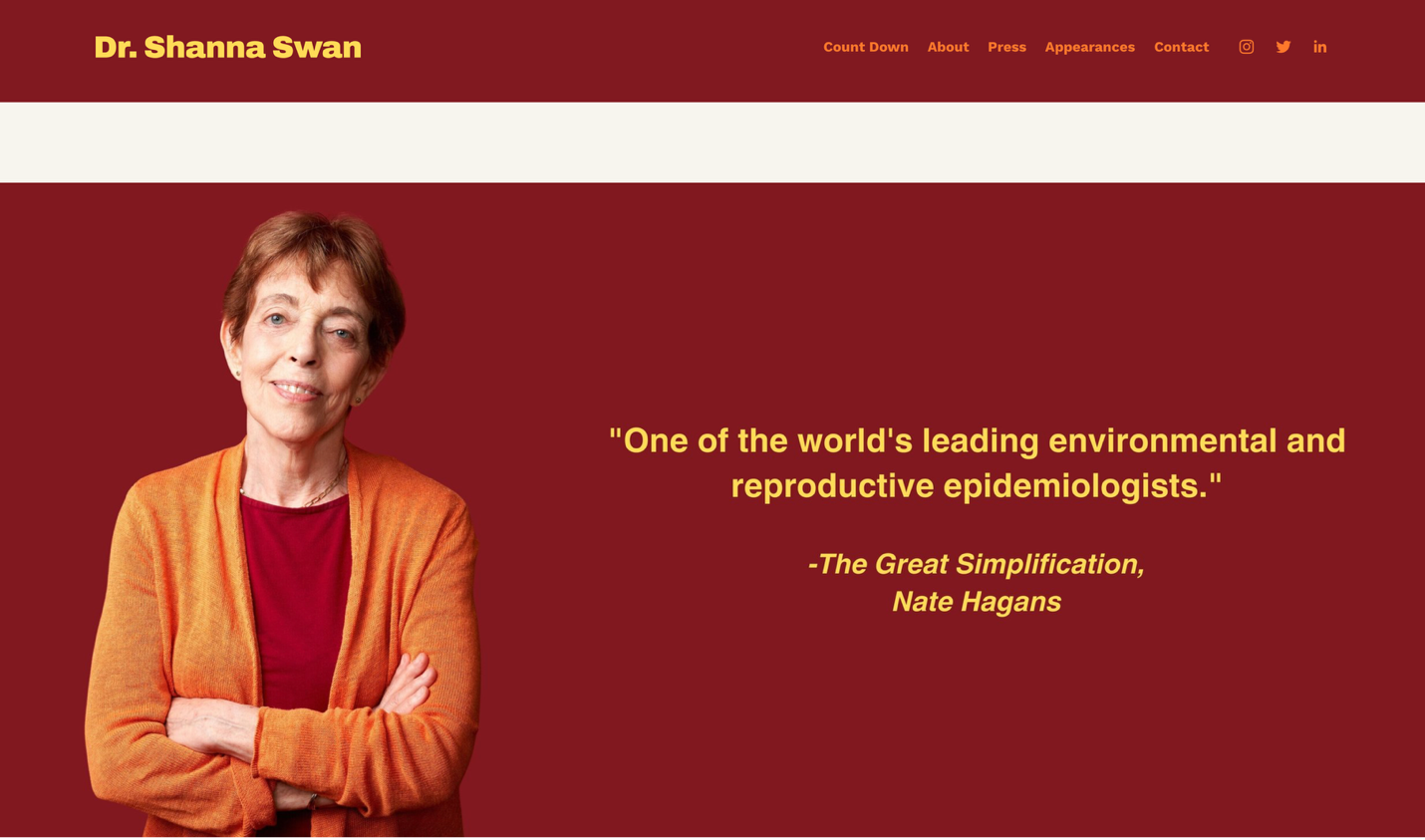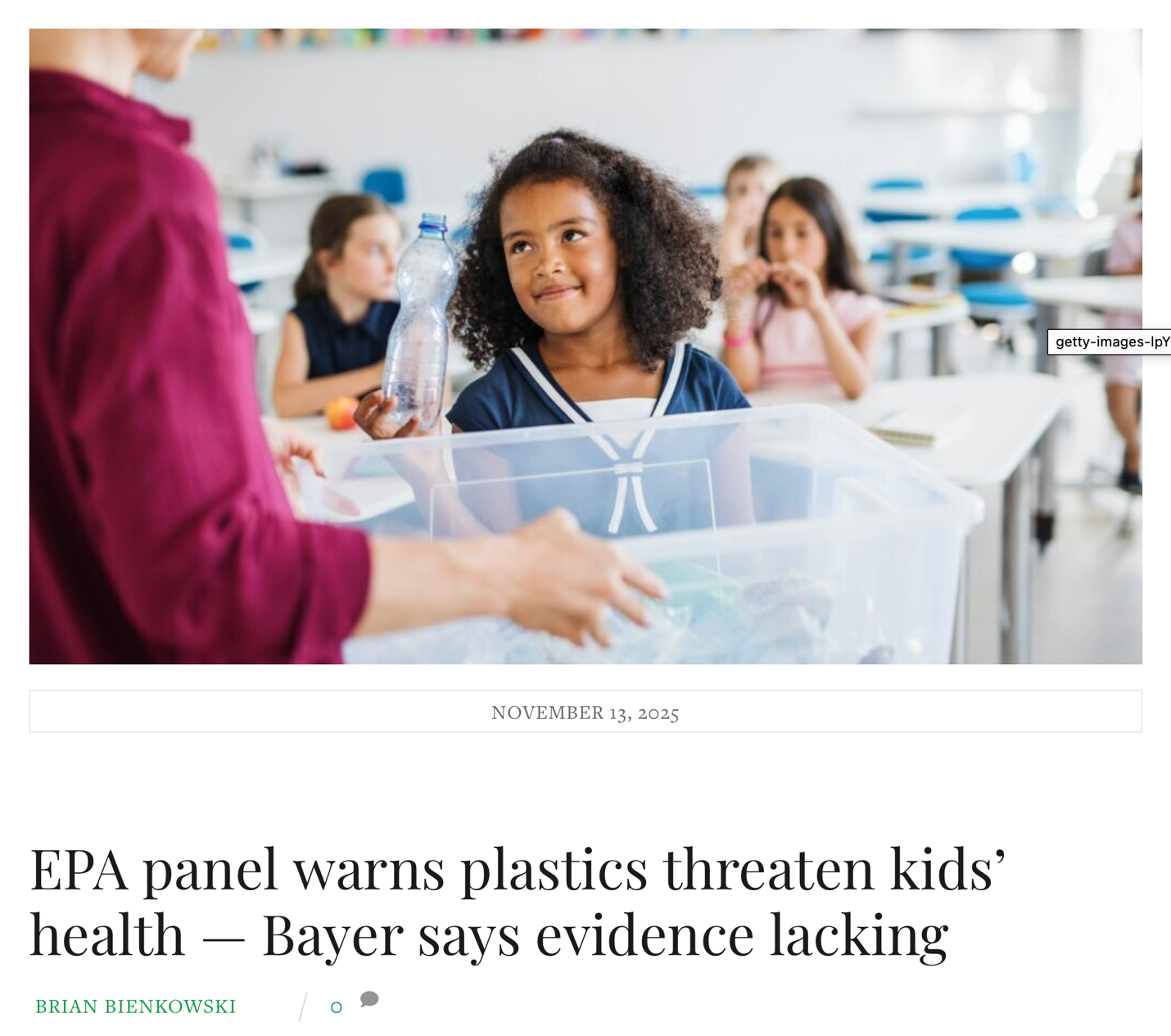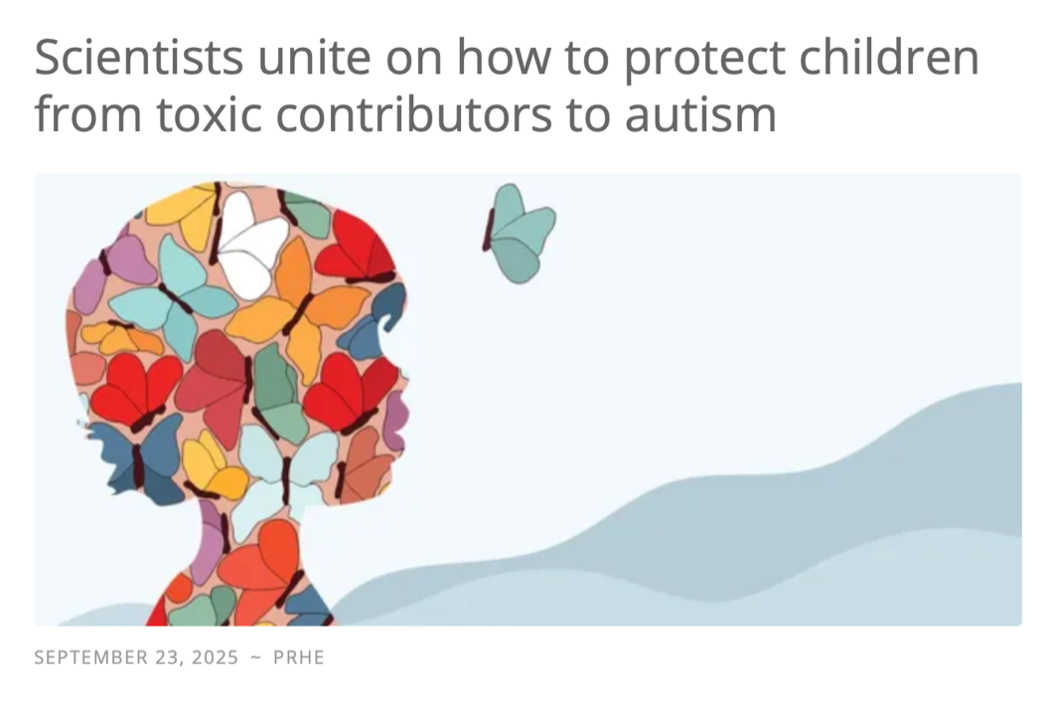If dandelions were rare and fragile, people would knock themselves out to pay $14.95 a plant, raise them by hand in greenhouses, and form dandelion societies and all that. But they are everywhere and don’t need us and kind of do what they please. So we call them “weeds,” and murder them at every opportunity. Well, I say they are flowers, by God, and pretty damn fine flowers at that. -- Robert Fulgham
Avoid using chemicals on your lawn, and call your city to find out if they spray for mosquitoes (The CDC recommends larvaciding with BT rather than adulticiding, which is less effective and exposes citizens to health risks).
The highly credible American Academy of Pediatrics released an official Statement on Pesticides in 2013 explicitly linking pesticide exposure to childhood cancers and cognitive effects:
Chronic toxicity end points identified in epidemiologic studies include adverse birth outcomes including preterm birth, low birth weight, and congenital anomalies, pediatric cancers, neurobehavioral and cognitive deficits, and asthma. These are reviewed in the accompanying technical report. The evidence base is most robust for associations to pediatric cancer and adverse neurodevelopment. Multiple case-control studies and evidence reviews support a role for insecticides in risk of brain tumors and acute lymphocytic leukemia. Prospective contemporary birth cohort studies in the United States link early-life exposure to organophosphate insecticides with reductions in IQ and abnormal behaviors associated with attention-deficit/hyperactivity disorder and autism.
The President’s Cancer Panel supports these findings with their report on Reducing Environmental Cancer Risk, and exposure to landscape chemicals and other pesticides is one of their main targets:
The entire U.S. population is exposed on a daily basis to numerous agricultural chemicals, some of which also are used in residential and commercial landscaping. Many of these chemicals have known or suspected carcinogenic or endocrine-disrupting properties. Pesticides (insecticides, herbicides, and fungicides) approved for use by the U.S. Environmental Protection Agency (EPA) contain nearly 900 active ingredients, many of which are toxic. Many of the solvents, fillers, and other chemicals listed as inert ingredients on pesticide labels also are toxic, but are not required to be tested for their potential to cause chronic diseases such as cancer.
The report provides evidence that the burden of cancer is far higher than it should be:
Despite overall decreases in incidence and mortality, cancer continues to shatter and steal the lives of Americans. Approximately 41 percent of Americans will be diagnosed with cancer at some point in their lives, and about 21 percent will die from cancer. The incidence of some cancers, including some most common among children, is increasing for unexplained reasons.
The report also concludes that children, both current and potential, are at far higher risk than adults:
Children of all ages are considerably more vulnerable than adults to increased cancer risk and other adverse effects from virtually all harmful environmental exposures. In addition, some toxics have adverse effects not only on those exposed directly (including in utero), but on the offspring of exposed individuals. Numerous environmental contaminants can cross the placental barrier; to a disturbing extent, babies are born “pre-polluted.” Children also can be harmed by genetic or other damage resulting from environmental exposures sustained by the mother (and in some cases, the father). There is a critical lack of knowledge and appreciation of environmental threats to children’s health.
Another resource for reducing chemical exposures is The Midwest Pesticide Action Center at http://midwestpesticideaction.org/
For more information, visit
AAP
http://pediatrics.aappublications.org/content/130/6/e1757.full
President’s Cancer Panel
http://deainfo.nci.nih.gov/advisory/pcp/pcp08-09rpt/PCP_Report_08-09_508.pdf
Midwest Pesticide Action Center
http://midwestpesticideaction.org/
PubMed
http://www.ncbi.nlm.nih.gov/pubmed/
President’s Cancer Panel
http://deainfo.nci.nih.gov/advisory/pcp/pcp.htm
CDC Biomonitoring Project
http://www.cdc.gov/exposurereport/
EPA
http://www.epa.gov/enviro/html/emci/chemref/
SCARCE
http://www.bookrescue.org/scarce/default.asp?page=SpatchHealthy Schools Campaign
Healthy Schools Campaign
http://www.healthyschoolscampaign.org/
EPA. Pesticides and their impact on children: Key facts and talking points. http://www.epa.gov/oppfead1/Publications/pest-impact-hsstaff.pdf
Environmental Working Group’s “Ten Americans”
http://www.ewg.org/kid-safe-chemicals-act-blog/kid-safe-chemicals-act-10-americans-video/














